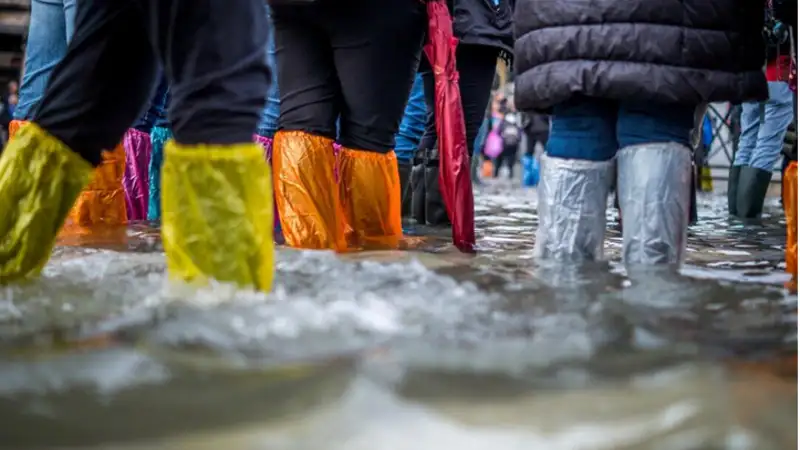What would you do if a flood suddenly damaged your home? It’s a frightening situation that can leave families feeling lost and overwhelmed.
Floods can ruin furniture, destroy floors, and lead to dangerous mold growth. Acting quickly is key to keeping your home safe and reducing long-term damage.
Knowing the right steps to take can make a huge difference in your recovery. It’s not just about cleanup-it’s about protecting your health and future.
This blog shares a clear and simple plan to help you move forward. Get ready to learn how to stay safe, reduce your losses, and rebuild your space. Read on!
Ensure Safety First
Always make sure your home is safe before going in. Water from floods can damage floors, walls, and electrical systems in ways that are hard to see.
To avoid fire or shock, turn off the gas and electricity before going inside. To keep yourself safe from sharp objects or germs, wear waterproof boots and gloves. If the building seems unsafe, you should wait for professionals to check it out.
Document the Damage
Take photos and videos of every room that was affected. Make sure to capture water lines on walls, damaged furniture, and appliances.
Save receipts for cleanup supplies and repair services. This information will be important for your insurance claim. The more proof you have, the easier it will be to get help with repairs.
Contact Your Insurance Company
Call your insurance provider as soon as possible after the flood. Let them know about the damage and follow their instructions for filing a claim.
Ask if they cover temporary living costs while your home is being fixed. An adjuster may visit to assess the damage, so keep your records ready. Be patient, but keep checking in on your claim’s progress.
Remove Water and Dry Everything
Use pumps, buckets, or wet-dry vacuums to get the water out of your home. Open windows and doors to let fresh air in and speed up the drying process.
Fans and dehumidifiers can help remove moisture from the air and walls. The quicker things dry, the lower the chance of mold. Be sure to remove soaked carpets and furniture if they can’t be cleaned.
Clean and Disinfect Thoroughly
Floodwater can carry dirt, sewage, and bacteria, so it’s important to clean everything well. Use soap and warm water to scrub surfaces, then disinfect with a bleach solution.
Don’t forget to clean behind walls, under floors, and inside cabinets. Throw out food and medicine that touched floodwater. This keeps your family safe from illness and infection.
Start Repairs and Get Help
Once your home is dry and clean, begin repairs like replacing drywall, flooring, and insulation. If the damage is too much to handle alone, consider hiring a team that offers professional water damage cleanup services. They have the tools and experience to restore your home safely and quickly.
Ask for estimates and check reviews before hiring anyone. A strong recovery plan will help you rebuild with confidence.
Recovering After the Flood
Getting back on your feet after a flood may feel hard, but taking the right steps can help your home and life return to normal. By staying safe, acting quickly, and reaching out for help, you can limit damage and start rebuilding.
Each step-from drying out your home to making repairs-moves you closer to full recovery. Keep good records, follow expert advice, and stay hopeful throughout the process. With time and effort, your home can feel safe and comfortable again.
Did you like this guide? Great! Please browse our website for more! For more information, visit our website.
